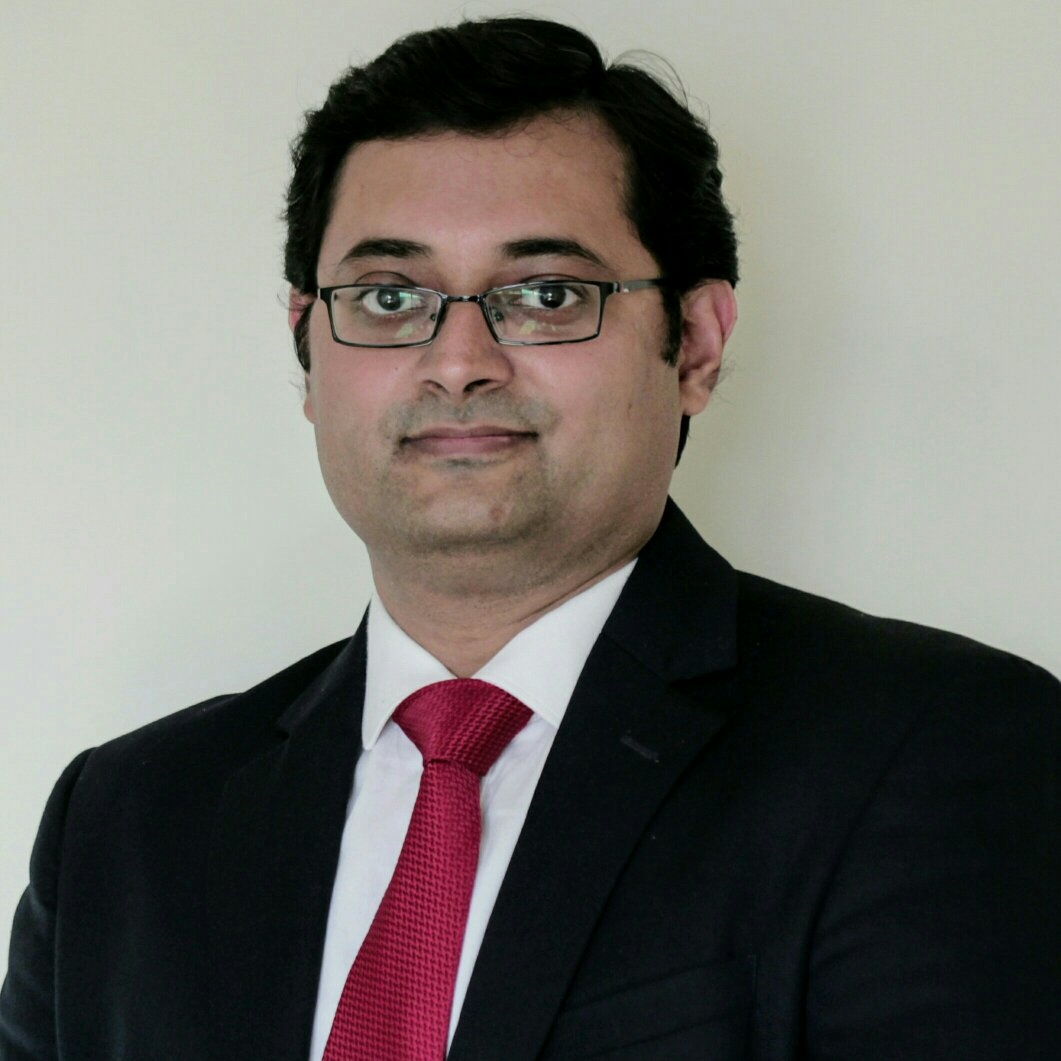Publishing papers in scientific journals is the biggest boost you can get. It is an adrenaline rush that is understood only when experienced. Even after having achieved a few recognitions and awards, including the DNB gold medal, I still find it exhilarating to work on papers and get tremendous joy when a paper is accepted in a journal.
Publishing is a great habit to develop early in your career and once you have a few papers under your belt, the habit literally turns into an addiction and you keep striving to publish more. There are many successful surgeons when you look around, but there are only a few researchers who have made it big in India. As a resident, there is plenty of scope to publish papers (especially from India) and make your mark. I also feel that getting peer recognition is much faster when you publish meaningful studies that influence practice patterns rather than by doing good surgery alone. This will eventually translate into more patients seeking your services and help build a successful practice.
I am often asked how I managed to publish so many papers during my residency and fellowship training. When I look back now, there are many things that come to mind. In this write up, I will share with you a few secrets of how I went about this journey and hope that it will motivate you to start your publication journey early.
1.Inquisitive mind - ask the right question: The Indian education system, including MBBS and residency prohibits you from asking too many questions, especially the ones that make your teachers uncomfortable. However, please remember that success happens only when you are prepared to step out of your comfort zone. But do so gradually, don't get into the panic zone immediately if you don't get the desired response, or you are bound to fail. Ask open-ended questions in a very precise way, and give your teachers enough time to consider the question and answer it. Be the change you want to be, and aspire to find out answers if you don't get them easily.
Another habit I had developed was to write at least one unanswered question after reading each chapter in a textbook. It is also a good habit to start reading a chapter by writing what you already know about the subject and what more you would like to learn about it from the book. You will come across different patients in clinics during residency and will learn from seniors in clinics, hence you will already know half the stuff that the book chapter will present. Make it a habit to end every chapter with an answered question in your mind. So after reading a lot of chapters, you will have a lot of questions, some of which might become important research questions that can be worked on and published.
2.Commitment- that's a key area and essential in whatever you do. Try and visualize the conduct of the study and its publication.Visualization of the process and the end is crucial. I have used the dictum GPS which stands for GOALS, PROCESS AND SUCCESS. Once you are committed, set your goals, break your tasks into processes and visualize your success. In my personal case, my commitment lead me to work for more than 18 hours everyday, managing clinical and research work together.
3.Willing to learn and work hard- most successful people want to learn new things even after they achieve success. Learning opens up your mind and makes you even more successful. Learn the right approach to research and this will set you up to do really well. Clinical research is never taught to us during our medical training. You have to look at resources available online to learn the process of clinical research. This is a stepwise process and is very similar to learning steps in surgery or medical diagnostics. You can read my blog to understand the steps involved in learning clinical research and publish (https://senguptasresearchacademy.com/10commandments/).
During my time, a decade ago, there were no such resources, so I learnt by trial and error. Hence, I have created a resource, an online lecture series teaching biostatistics, literature review, study design manuscript writing and a lot more, for young minds to learn the steps in clinical research (https://senguptasresearchacademy.com/). I hope you will make use of this resource to the fullest and start looking forward to publishing during residency.
4.Dedicate 45 min everyday - time management is essential. This is a mantra I have followed till date. No matter how busy your day gets, try and manage to dedicate only 45 minutes everyday for clinical research. You can use this time to fill data in excel sheets, reading relevant literature and then for manuscript writing. During residency, I used to often look forward to this 45 minutes everyday because the tasks during this time gave me a lot of pleasure.I have chronicled my journey of publishing in an online lecture, which you can watch here. (https://senguptasresearchacademy.com/courses/overview/lessons/my-story/)
5.Strong desire to improve patient care- read and apply what you read in clinic. If you don't get the desired results, ask questions as to why not. Many of these questions may be very important research questions that no one has cared to answer to date. You can perform a simple study and find important answers to these burning questions.
I have purposefully kept this write up very general, yet the principles are very specific. By having an inquisitive mind, asking the right questions, commitment and learning steps involved in clinical research, I was able to publish papers in the most reputed journals. I believe that if I can do it, so can you.
